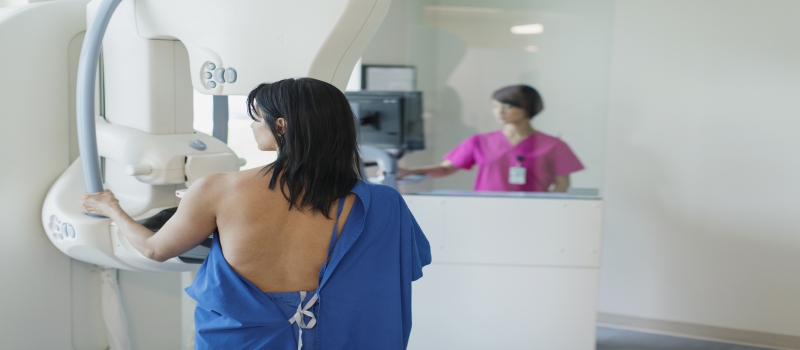Diagnostic mammogram has the power to save your life. Detecting breast cancer early reduces your risk of dying from the disease by 25-30% or more. Women should begin having mammograms yearly at age 40, or earlier if they’re at high threat.
Don’t Be Afraid.
Mammography is a fast process (about 20 minutes), and discomfort is minimal for most women. The method is safe: there’s only a very tiny amount of radiation exposure from a mammogram. To release the anxiety of waiting for results, try to go to a center that will give you results before you leave.
Get The Best Quality You Can.
If you have dense breasts or are under age 50, try to acquire a digital mammogram Miami. A digital mammogram is recorded onto a computer so that doctors can zoom certain sections to look at them more closely.
Bring Your Past Mammogram Films/Results With You.
If you’ve been to the same facility before, make sure your past results are accessible to whoever will be looking at your new results.
Be Loyal.
Once you find a facility you have sureness in, try to go there every year so that your mammograms can be compared from year to year.
Ask If Your Center Has CAD
Computer-aided detection — which is a tool that aids the radiologist finds any areas of concern that need further attention.
Mammography Is Our Most Influential Breast Cancer Detection Tool.
However, mammograms can still miss 20% of breast cancers that are simply not noticeable using this technique. Other vital tools — such as breast self-exam, clinical breast examination, and perhaps ultrasound or MRI — can and should be practiced as complementary tools, but there are no substitutes or replacements for a mammogram.
An Unusual Result Necessitating Further Testing Does Not Always Mean You Have Breast Cancer.
About 10% of women (1 in 10) who have a mammogram will need more tests. Only 8-10% of these women will require a biopsy and about 80% of these biopsies will turn out not to be cancer.
Women Should Get A Mammogram Once A Year Beginning At Age 40.
If you’re at high risk of breast cancer, have a strong family history of breast or ovarian cancer, or have had radiation treatment to the chest in the past, it’s recommended that you start having annual how often mammogram at a younger age (often beginning around age 30). Discuss your personalized screening plan with your healthcare provider.






